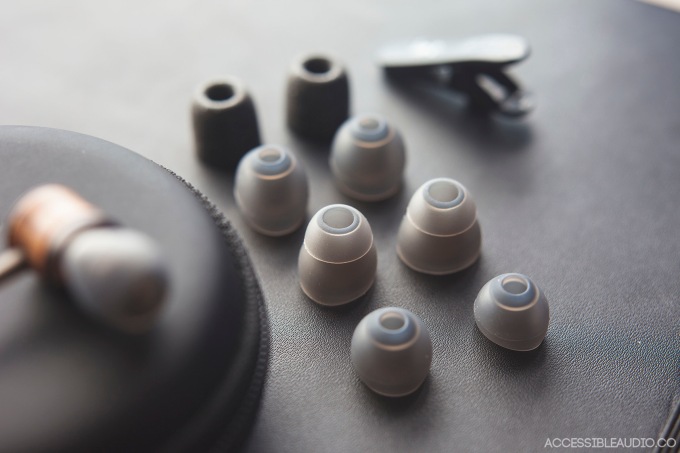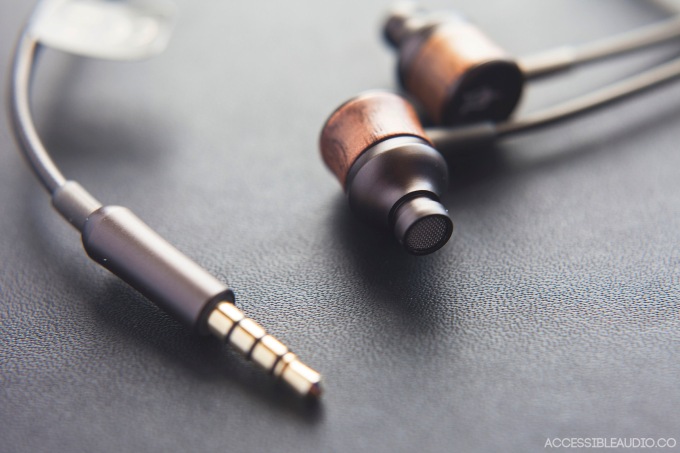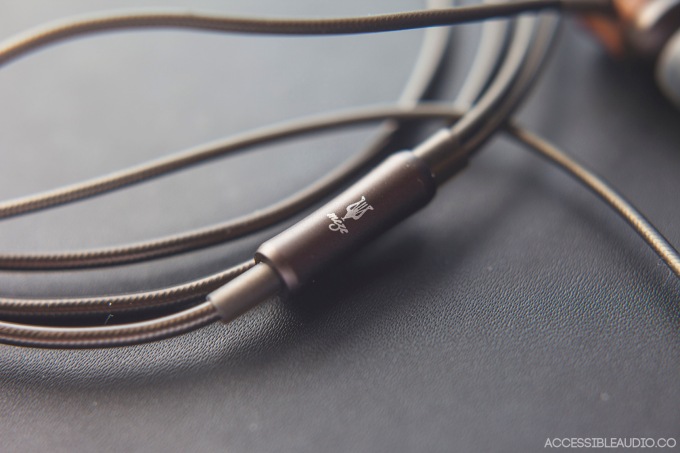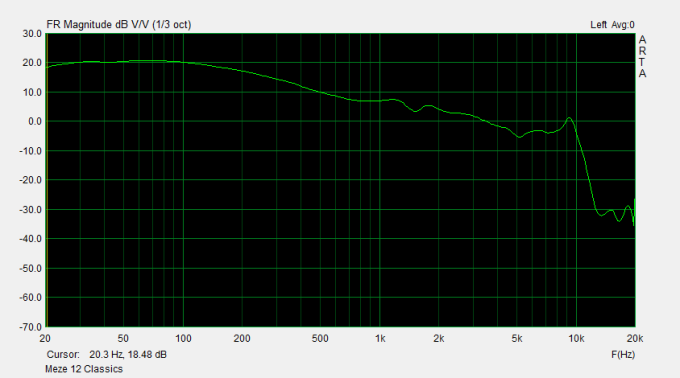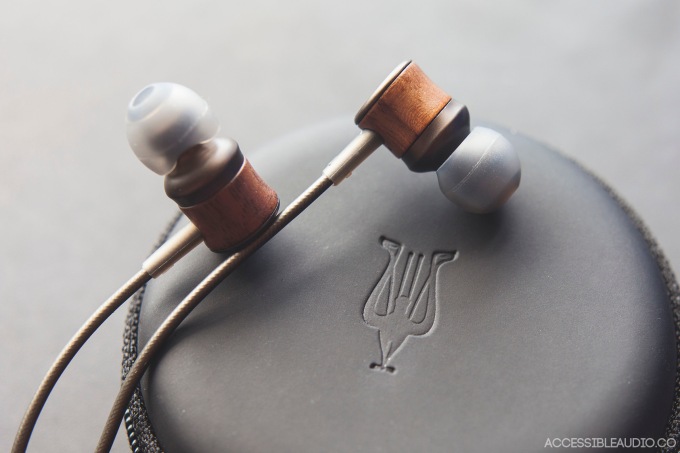
For some reason even though I live in Hong Kong, I had never tried DUNU products until I went to LA and attended CanJam. I immediately spotted the uniquely named DUNU Falcon C and tried it, happily finding another extremely tasteful mid priced product.
When I talked to the folks at the DUNU booth, they explained to me that they used to be an OEM company, producing audio products for other companies. Eventually, they realized that they had the experience and expertise to design and make their own products, and so DUNU was formed.
I had seen the DUNU Falcon-C on several sites and was quite curious about it, not only due to its sleek design, but because DUNU products have always been quite well regarded on HeadFi. The DUNU reps also noted that it was one of their more popular products – I was not surprised by this due to its very accessible price.
-------------------------
We would like to thank DUNU for sending this unit for review. Accessible Audio is and always will give our honest and independent opinion on all the products we review. The DUNU Falcon-C can be bought for 220USD!
-------------------------
Contents
1.Specs
2.Packaging & Accessories
3.Design & Ergonomics
4.Detailed Sound Review
5.Comparison
6.Measurements
7.Summary
Specifications
Product Type Wired In-ear
Driver Type 9mm carbon nano-tube dynamic driver
Frequency Response 10 – 40 kHz
Sensitivity 108+/-3dB/mW
Impedance 16 Ω
Cable 1.2 m MMCX Detachable cable
Weight 28g
Connector 3.5mm Gold plated
Packaging & Accessories
Although the packaging is quite spartan, with really only just the IEMs, the cables, and a small carrying case. the Falcon-C comes with a generous set of accessories all of which are hidden inside the carrying case. There is a good selection of tips with different fit and different sounds perfect for anyone who needs to tip roll to get that perfect audio listening experience.
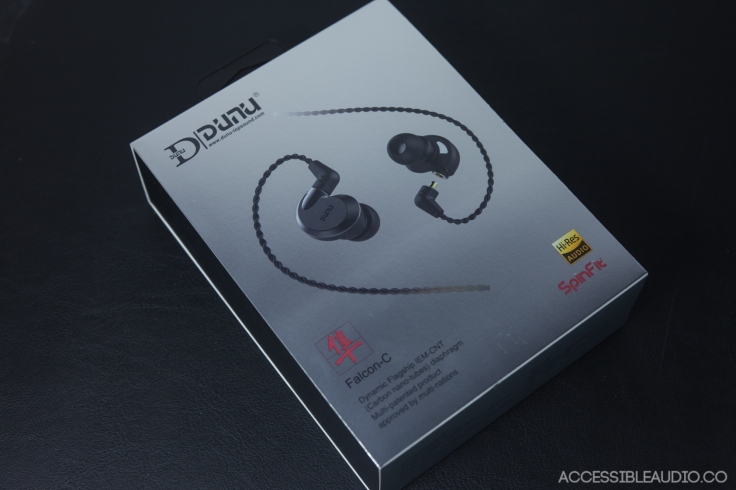


There are 8 blue tube tips for a balanced sound, 6 clear tips for bright sound, and a set of SpinFits as well which can emphasize bass slightly. SpinFits don’t come cheap, and they’re consistently one of the most popular and comfortable tips in the audiophile community so it’s always nice when they’re packaged with products. In addition to the tips, there is an airplane audio plug adapter as well as a 1/4″ jack adapter.

Design & Ergonomics
The Falcon-C is a very well designed IEM – it uses high quality materials in all parts of the product and has a very an ergonomic design.
Starting from the bottom up, the 3.5mm jack is a custom L-shaped jack made out of a smooth hard plastic which matches the aesthetic of the smooth metal in other parts of the IEM. A soft plastic strain relief extends out of it the body of the plug. My favourite detail here is the subtle glossy red stripe which can only be seen on the underside.
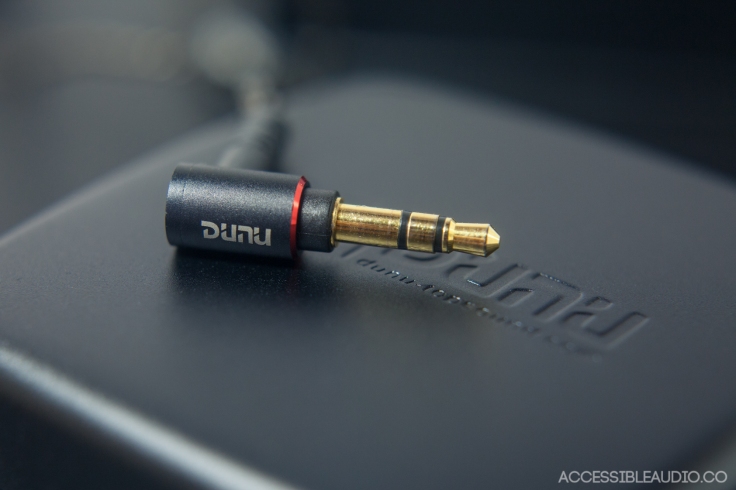
DUNU was also generous with the cable, supplying a very sexy and premium feeling 4-braided, silver plated copper 6N OCC, gunmetal coloured cable complete with a metal Y-cinch, memory wire, terminating with colour coded MMCX connectors. I had a positive experience with this cable, as it is moderately stiff enough to feel very sturdy and not be extremely prone to tangling, but not so stiff that it causes microphonic noise.
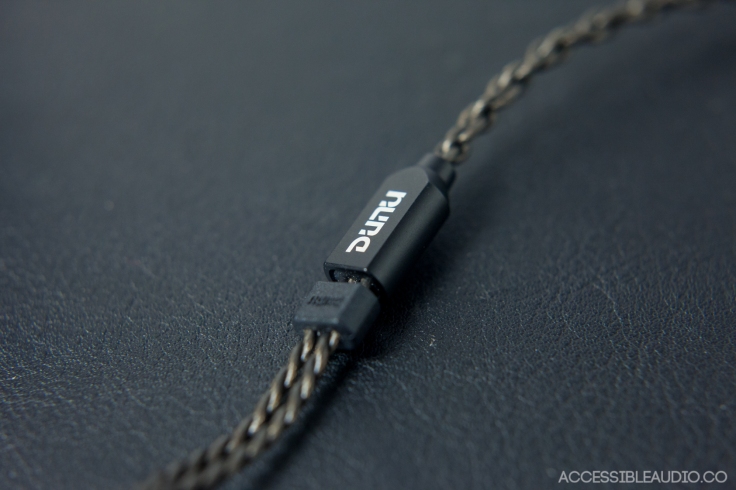
Similar to Campfire Audio’s IEMs, the DUNU Falcon-C shells are also made of a liquid metal material, finished off with a sleek matte finish. It all looks and feels very premium in addition to being solidly built. Unlike Campfire’s designs though, DUNU has in my opinion and experience, done a better job of ergonomics as it fits much more securely. The nozzle length is a little shorter and manageable, and the shells don’t stick out and wobble as much. The form is also a little rounder and fitting for the ears, making it an overall comfortable experience. It is quite compact and lightweight compared to many IEMs these days, so I would definitely recommend the Falcon-C to people with smaller ears.
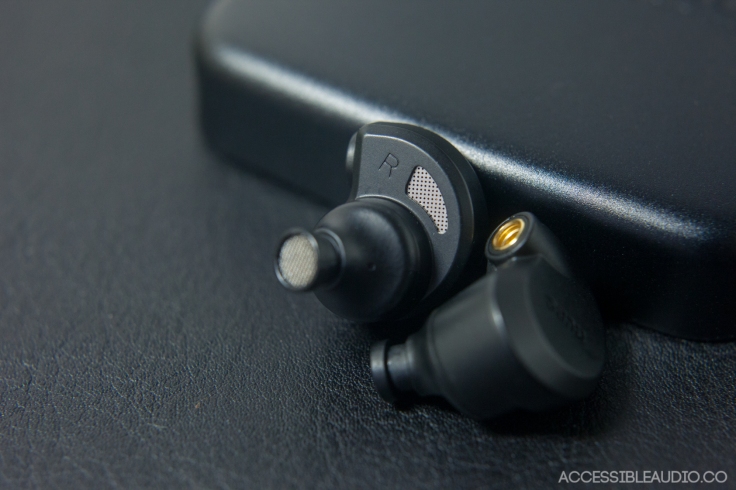
On the interior face of the shells is a big metallic mesh for what I assume is venting, accompanied by another small vent hole at the base of the nozzle. If you are worried about the level of isolation being compromised, the Falcon-C isolates surprisingly well for a design with so much venting.
Detailed Sound Analysis
I think I pretty much fell in love with the Falcon-C within the first 30 seconds of trying it at CanJam SoCal; with a price tag of 220USD, it undoubtedly gives greater quality than its price would reveal. The DUNU Falcon-C’s sound signature has wonderfully extended highs, neutral mids, with a tight, punchy, natural sounding bass. Its soundstage is also wide and spacious sounding, with a moderate amount of height to match. In terms of its tone, it definitely has the warmth of a dynamic driver sound, stemming not from a massive bass, but from what seems to me like a good dose of even-order harmonic distortion. I love the amount of control and resolution it exhibits; so much that using the Falcon-C daily to review it did not make me miss my significantly more expensive daily drivers much.
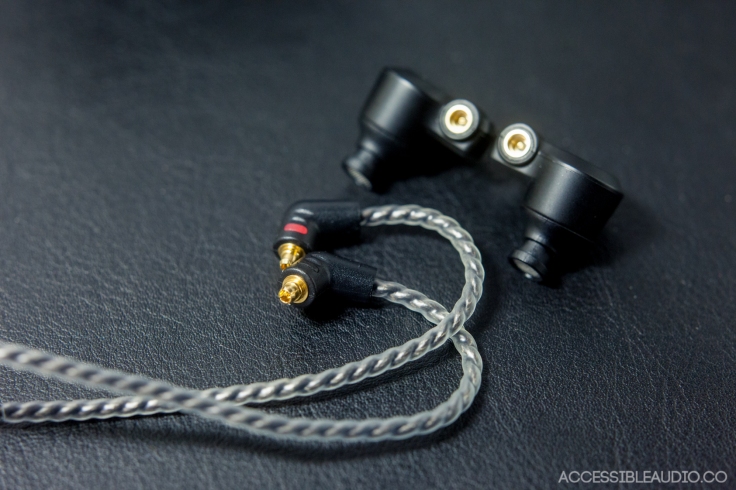
The DUNU Falcon-C is armed with 9mm CNT (carbon nanotube) dynamic drivers which perform superbly throughout the frequencies, and one of the highlights is the level of high frequency extension. This was the thing that really caught my attention when I first tried the DUNU Falcon-C. The high frequency details sound ultra crisp and refined without being too harsh, something that’s rather uncharacteristic for dynamic drivers. This is because getting well extended highs without introducing sibilance requires a high quality dynamic driver, and at this mid-range price point, it was something that I certainly did not expect it to do so well. What this means in very broad terms, is that there is a certain amount of rigidity to the dynamic driver that allows it to vibrate with enough control to produce a high quality, undistorted sound.

With the blue tube tips, the DUNU Falcon-C takes on a brighter, wide open sound as they allow the highs to shine unfettered. Whether this is desirable will depend on your personal preferences. For me, although I enjoyed the soaring high frequency extension with the blue tubed tips, after having used it for a while I did find the highs a little too hot for my liking and so settled with for SpinFits instead, which tempered the highs but also moderately boosted bass impact and quantity. Even with the SpinFits softening the high frequencies, the Falcon-C gives an addictive crisp treble extension that helps extend the soundstage, and reveal small details of airiness in vocals and hi-hats twinkling in the background.
The treble is not the only notable characteristic of the Falcon-C. It’s bass frequencies are also very noteworthy. On a scale of 1-10 with 10 being the most bass impact I would give it around a 6-7. It is not so boosted that I would call the it V-shaped, since it is a very agile, taut bass with a luscious amount of subbass, and certainly makes music sound lively and engaging if you are into bass. I found it to be very well controlled, giving not just tight impact but also tonally warm and detailed.

The gentle transition to the mids is also a welcome change to the recent trend of boosted 1-3kHz mid-high frequencies which pushes vocals and instruments to the forefront. The Falcon-C’s mids seem to be positioned very neutrally to me, neither sounding very recessed or overexposed. Percussive attack is quite evident, but not the most prominent.
The Falcon-C certainly excels as a 220USD IEM, running a tight ship with its agile bass, neutral mids and brilliant highs along with a considerable amount of resolution to the entire frequency range. Despite having such a well resolved sound, unfairly compared to the TOTL offerings, it does lack slightly in terms of layering and resolution. However, the value for money with the DUNU Falcon-C is just so great – it is definitely on my recommended IEMs list for sure.
Comparisons
1More Quad Driver
Both are very strong IEMs in the 200USD price range. The 1More Quad Driver is much warmer in the bass with a boomier bass, and is a little slower and laidback while the DUNU Falcon-C is more engaging and not shy about have a more strident high frequency. I would put them on equal footing, and choosing a winner would be highly dependent on sound signature taste.
Massdrop Plus IEM
The Massdrop Plus is certainly a very strong contender with a slightly higher price tag. It would be hard for me to choose between these two IEMs. While the MDP seems to exhibit a cleaner sound, it does have a tinge of mechanical-ness of balanced armatures. The DUNU Falcon-C excels in its own way on the opposite end of the spectrum with its dynamic driver warmth and natural sound. The MDP also has a bit of mid-high frequency boost while the Falcon-C’s mids are a little more neutral. I might give the edge to the MDP, but it does have a higher price tag.
Campfire Audio Lyra II
If I had to compare it to another IEM, I would say its sound reminds me very much of the Campfire Audio Lyra II, and in fact it does so in both its sound and its looks. Even the drive diameters are similar; the Lyra II’s is 8.5mm while the Falcon-C’s is 9mm. Of course, with its price tag of 699USD (599USD now?) the Campfire Audio Lyra II is generally better resolved in its sound, but the sound signatures are very similar to me, with the Lyra II having more presence region boost while the Falcon-C is more neutral. Dare I say at some moments though, the Falcon-C’s highs seemed a little more controlled than the Lyra II’s.
If you are looking for a nice single dynamic driver with a somewhat bright treble range and tight bass but can’t afford the Lyra, I would really highly recommend the Falcon-C here as it comes at around a third of the price.
Measurements

With the Vibro Veritas, we can see that the DUNU Falcon-C measures very well in terms of frequency response. With quite a flat, neutral bass to mid range, you get that nice solid low end, and the obvious spike in the 6-7kHz region that gives it that characteristic treble extension. The slight dip in 2-5kHz region also reflects the slightly laidback character as it doesn’t have a huge boost to the presence region.
Summary
Pros
-Great value
-Lovely well controlled sound with tight bass and gorgeous highs
-Ergonomic fit
-Sleek design
-Well resolved, transparent sound
Cons
-The highs can be harsh at some moments with some music
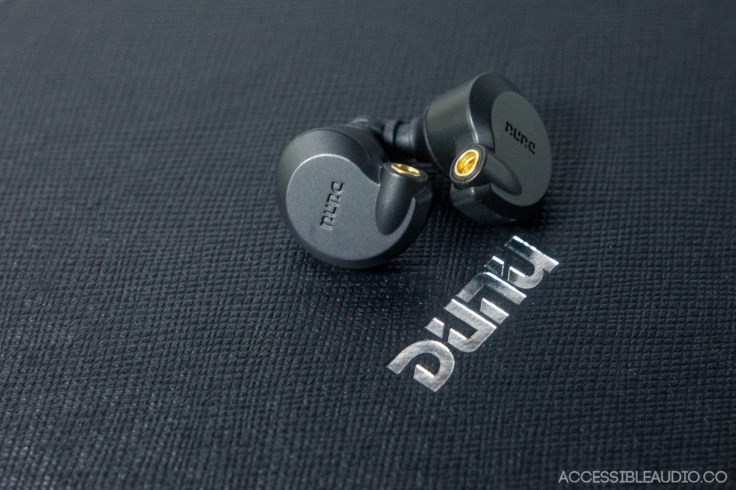






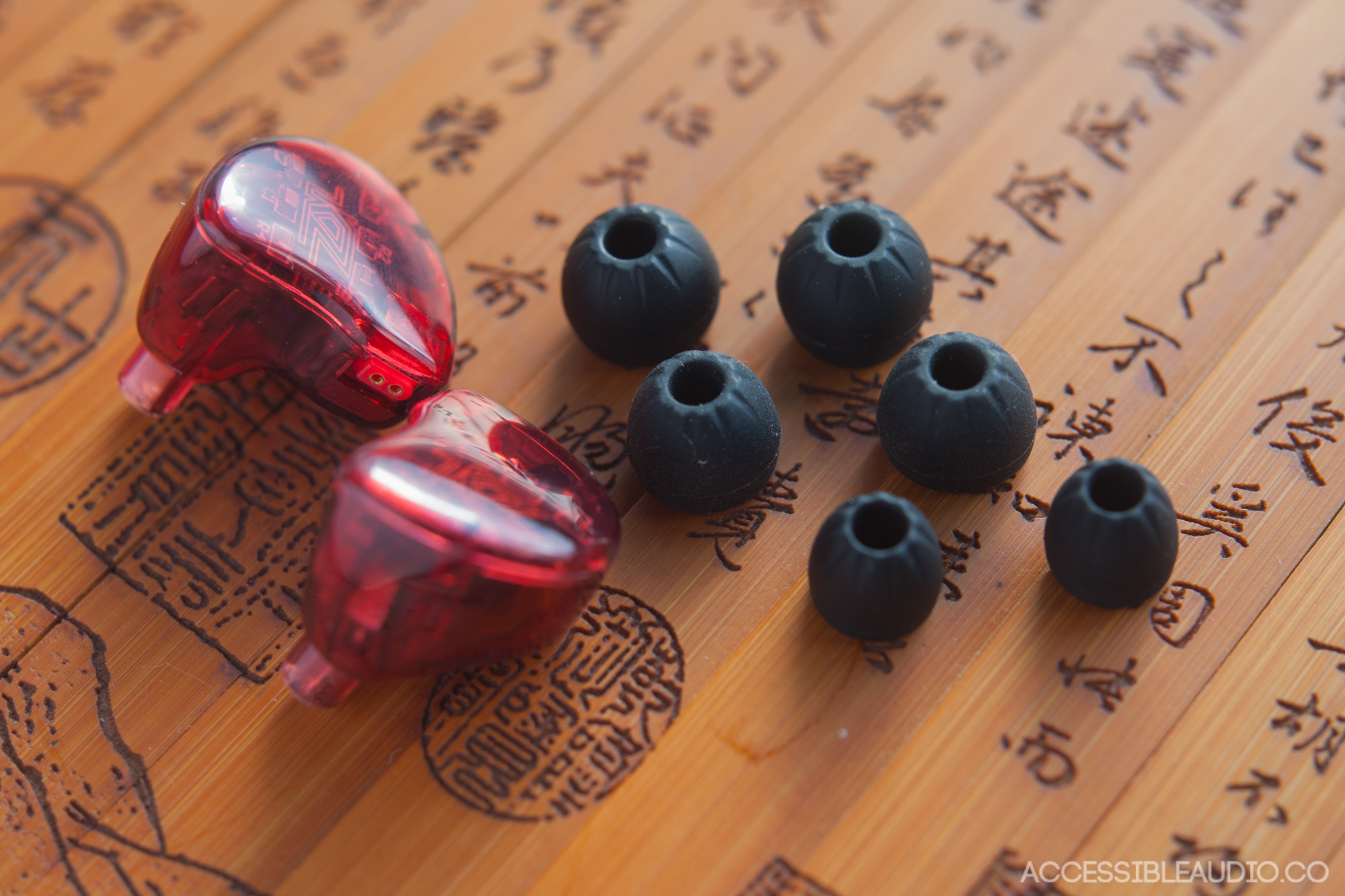
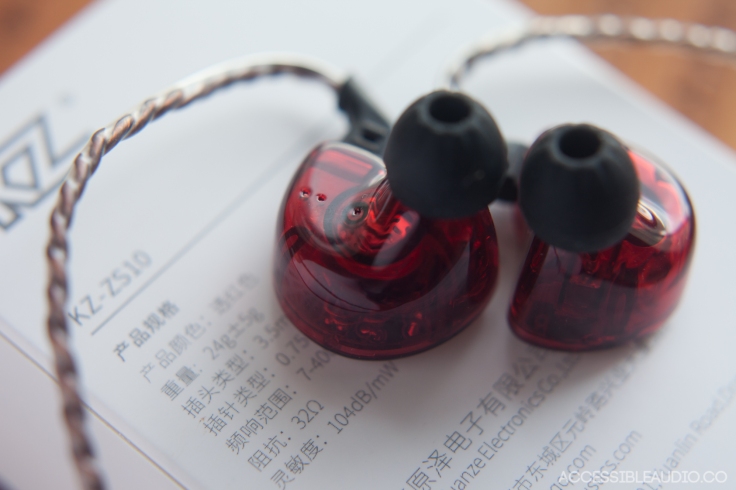





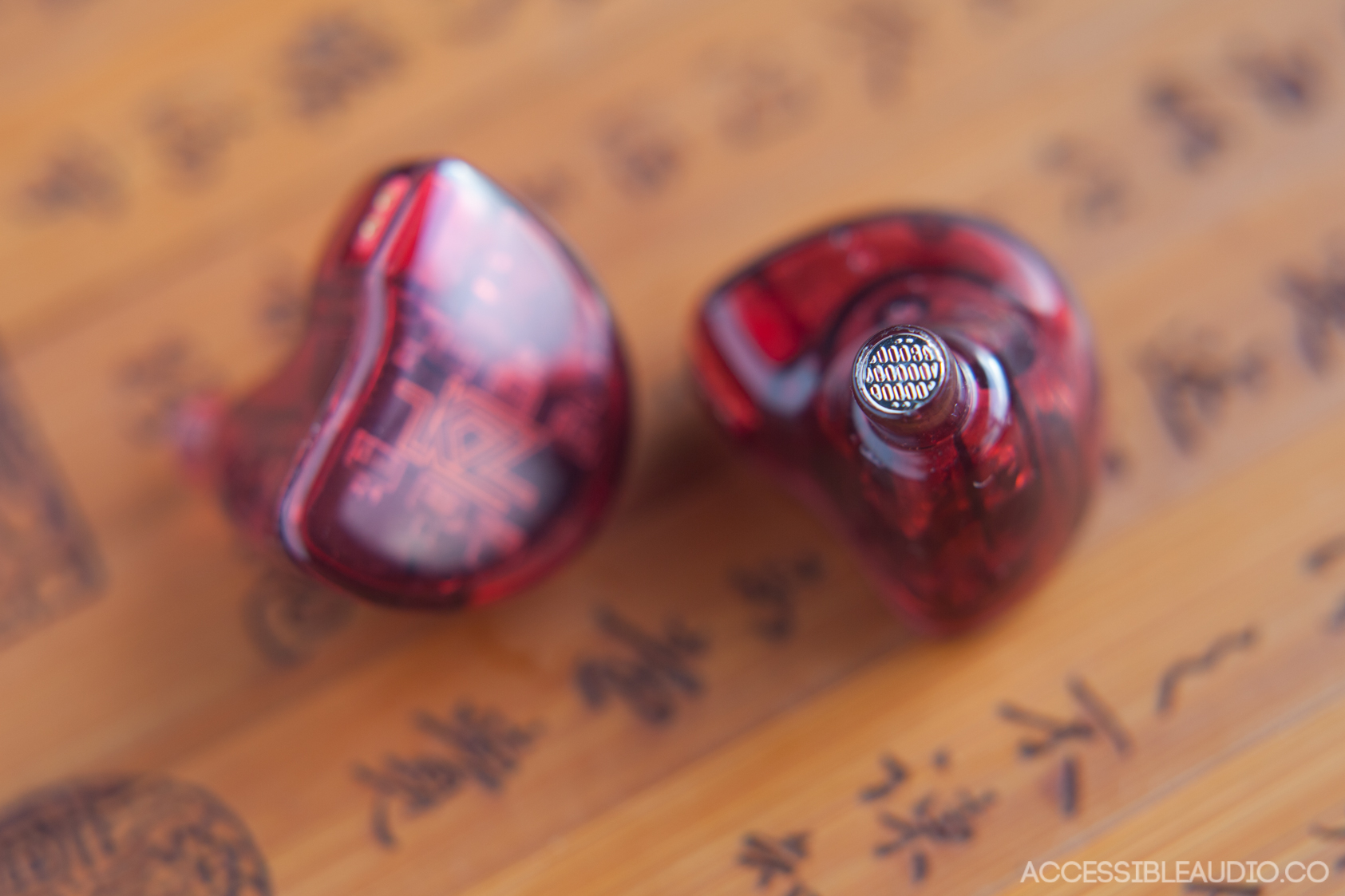

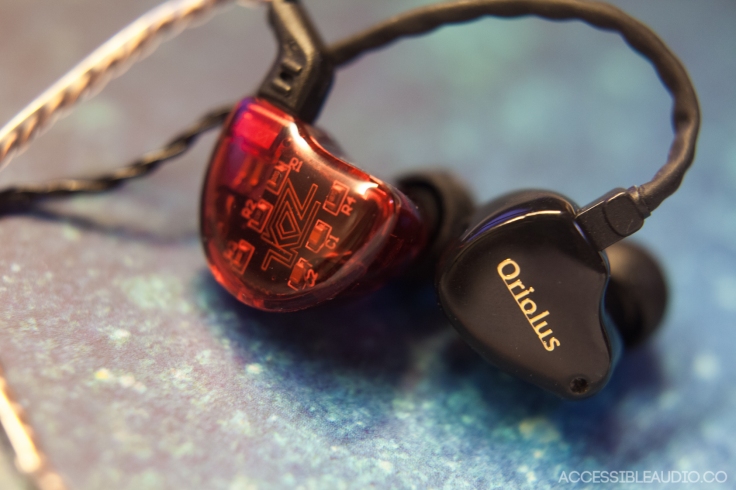




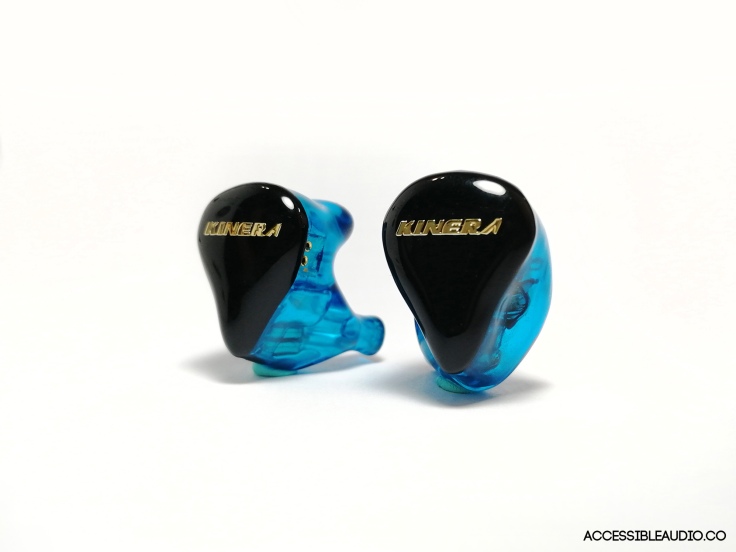







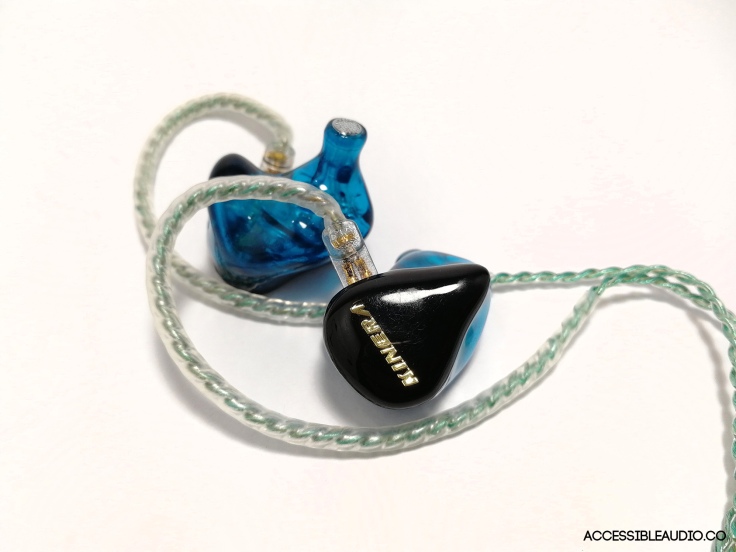
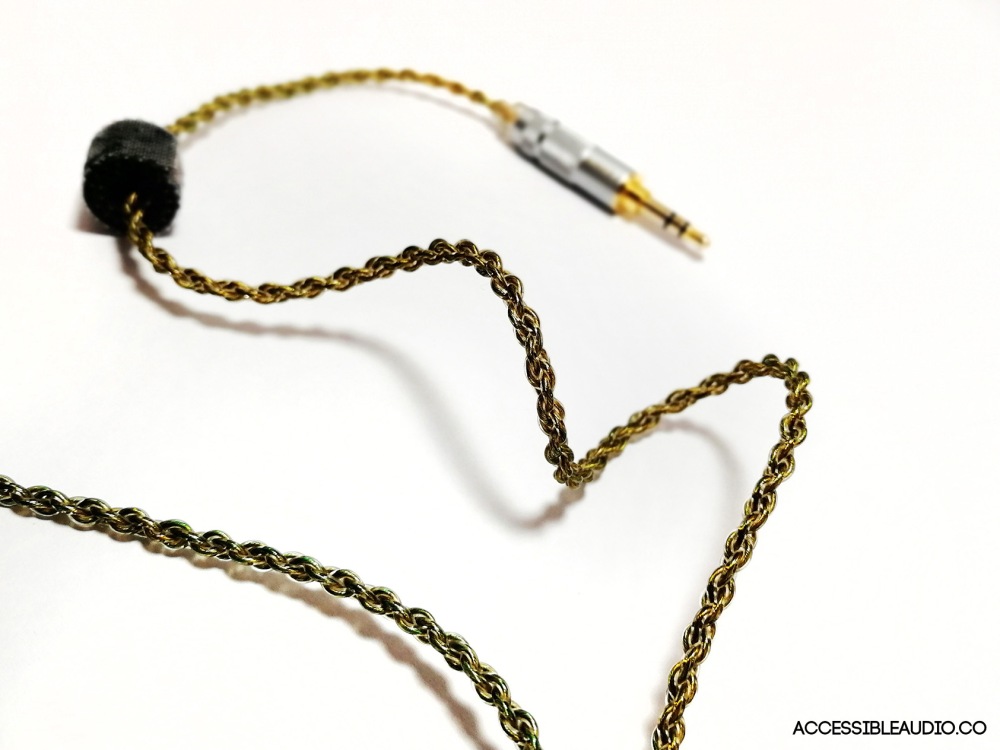
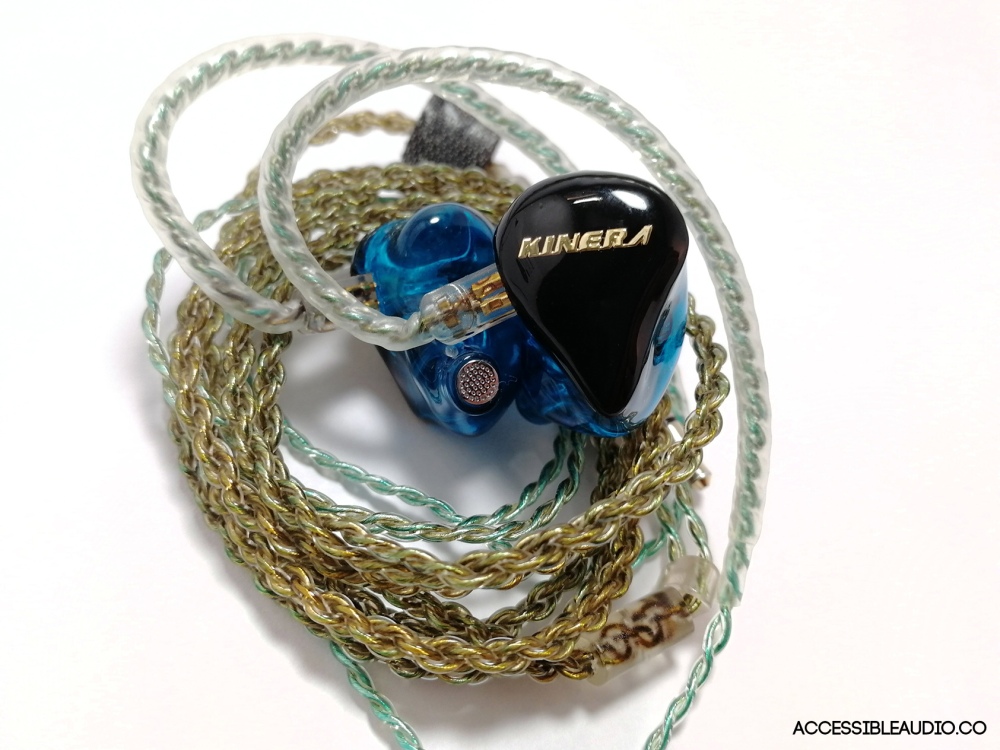

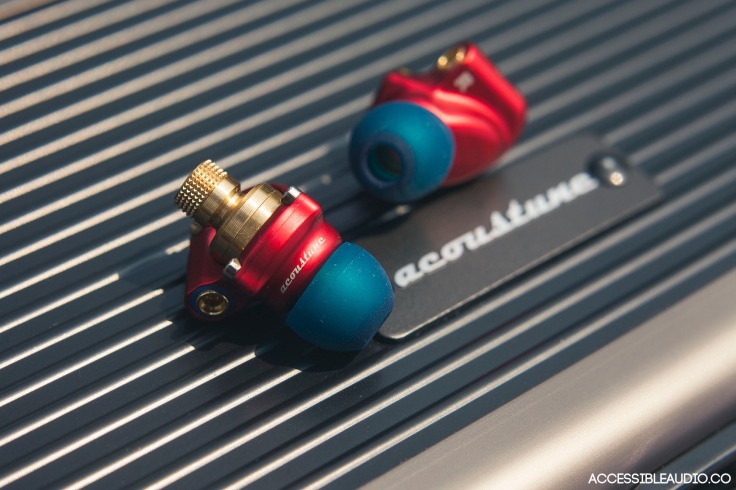
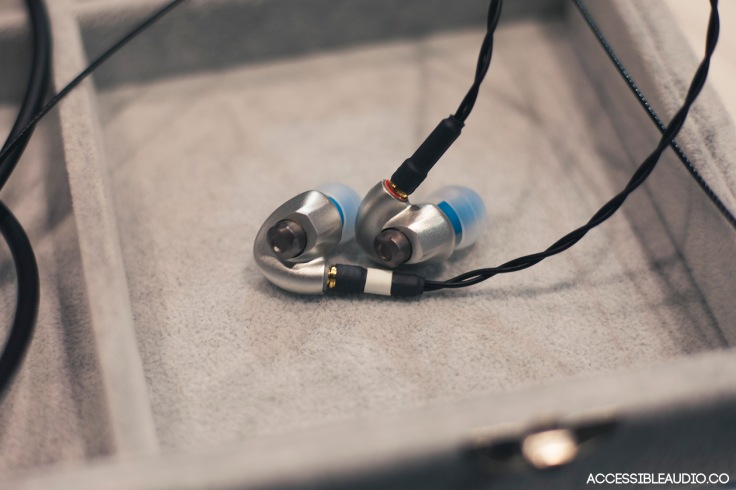














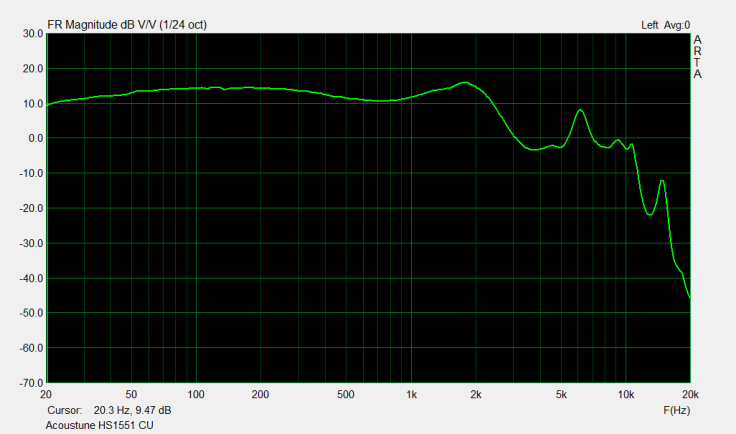


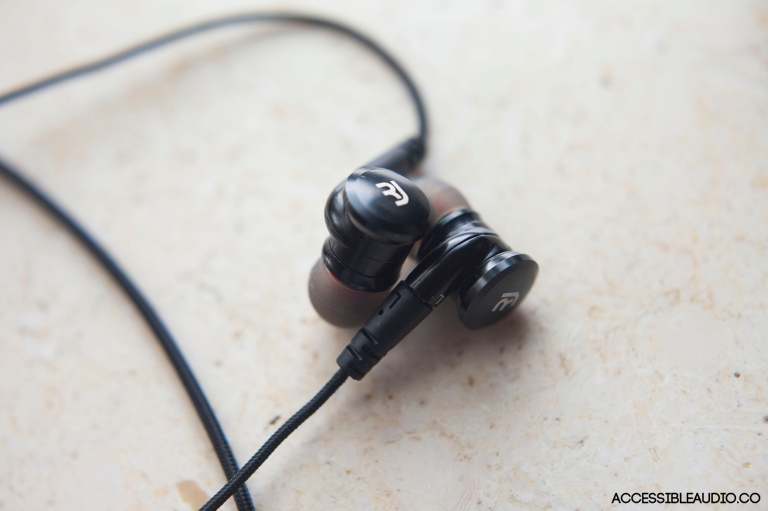


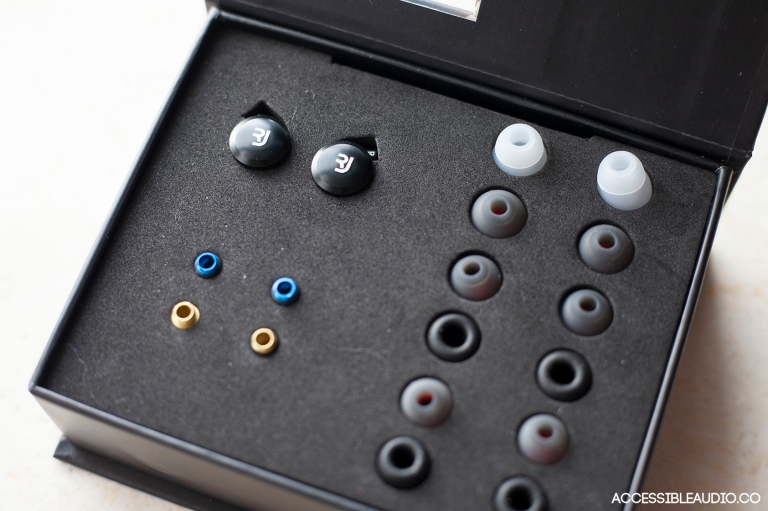



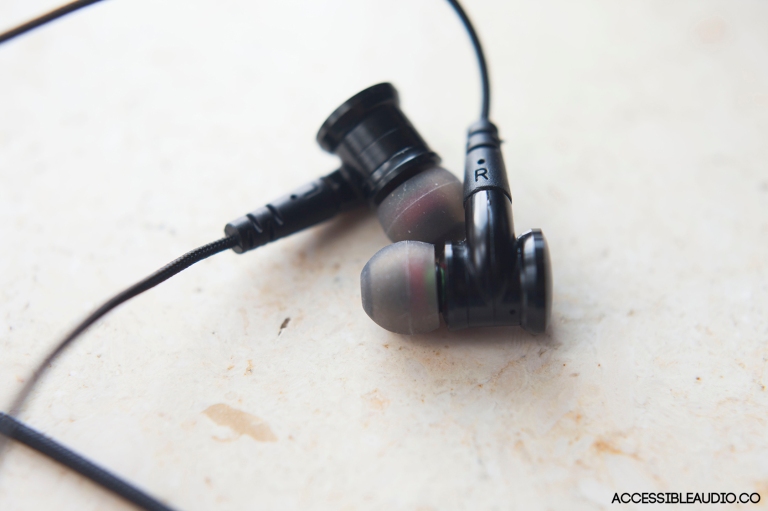

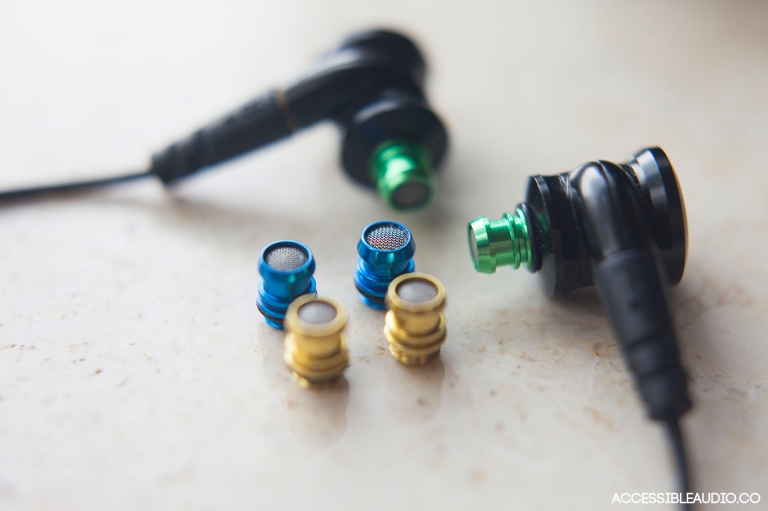
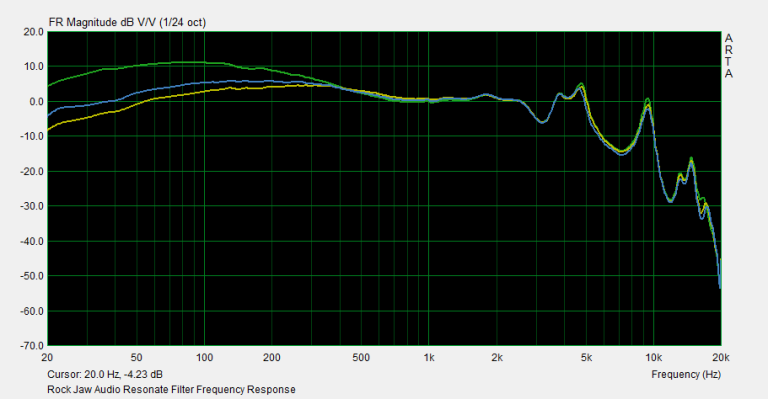






















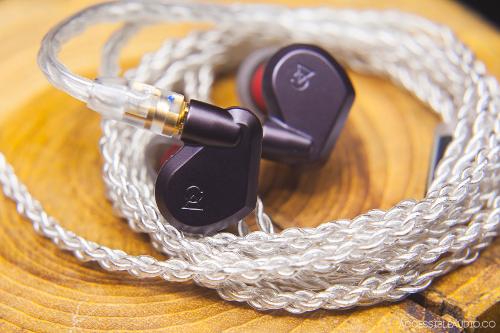



























![color]](https://accessibleaudio.files.wordpress.com/2017/01/1moretripledriver-13.png[color=rgb(61, 89, 109)][/color])

















][center][/center][/color])


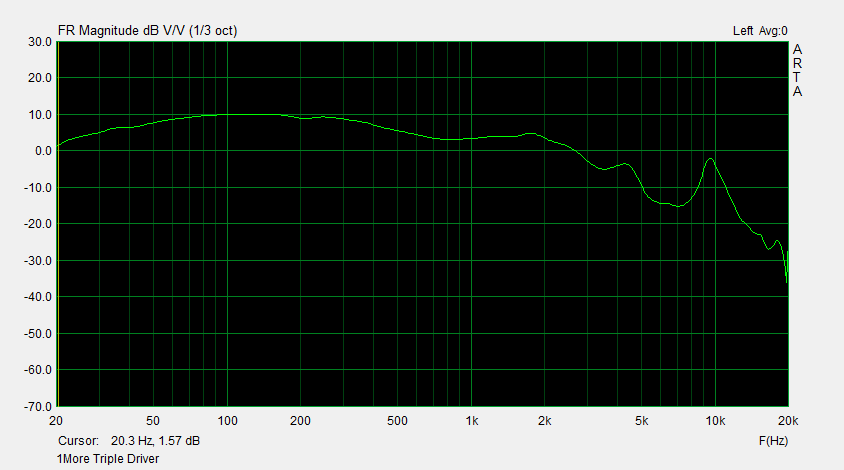

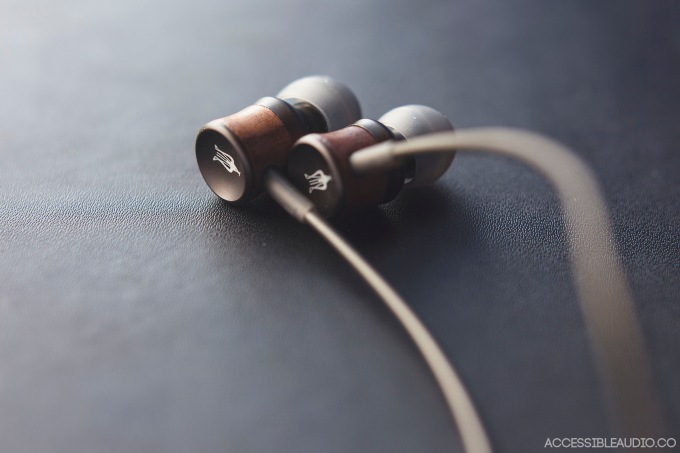

![size]](https://accessibleaudio.files.wordpress.com/2016/12/meze12classicschart-12.png[size=15px][/size])
